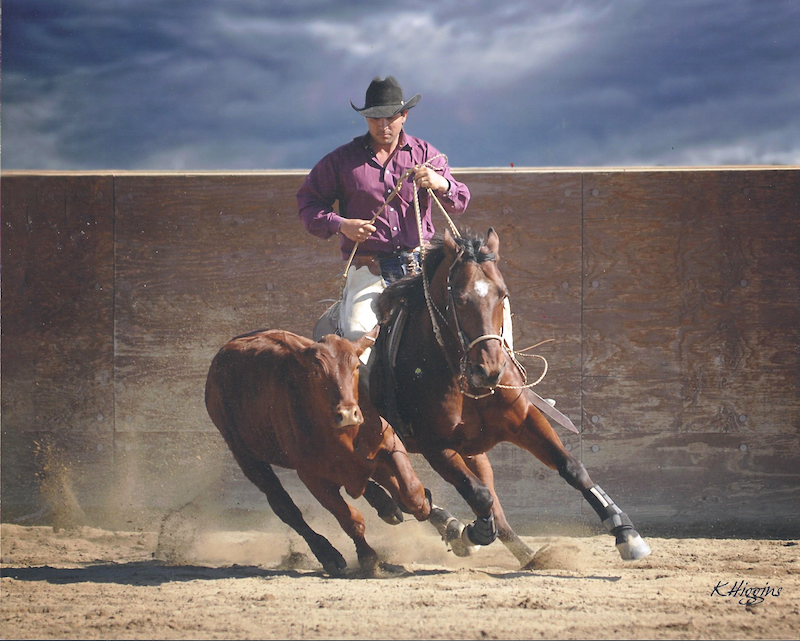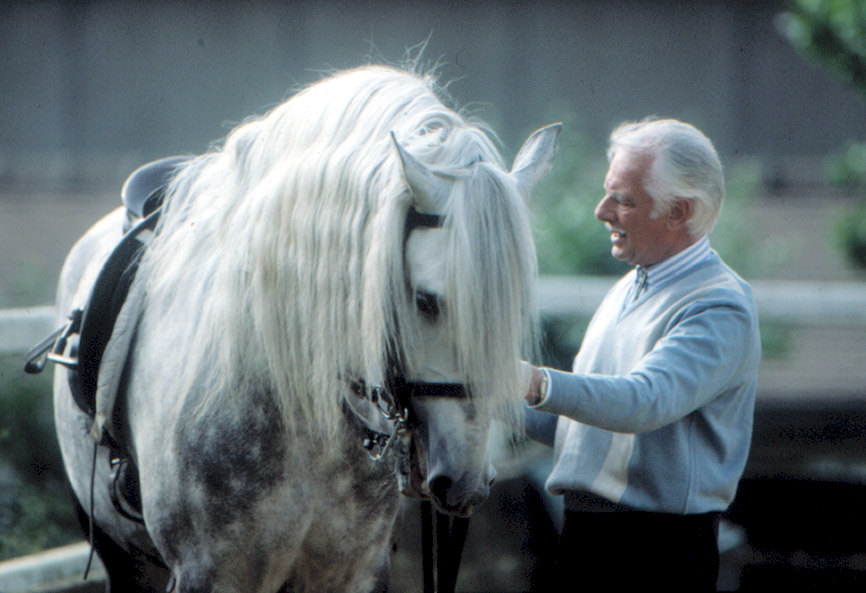
(© By Kip Mistral. First printed in Equine Journal May 2007. Photographs by Frédéric Chéhu unless otherwise noted. Feature photo credit unknown.)
It is a beautiful fall morning at Le Fief de la Panetière, the 16th century estate and equestrian facility near Versailles that Michel Henriquet shares with his wife, Catherine Durand Henriquet. My Dutch friend, Ellen Schuthof, and I are spending a couple of days watching lessons given by Michel and Catherine in both the lovely outdoor court and the indoor manège. This is my second visit to the Henriquets and as in the year before, I am struck by the collection, balance and suppleness of the horses trained by Michel and Catherine.



